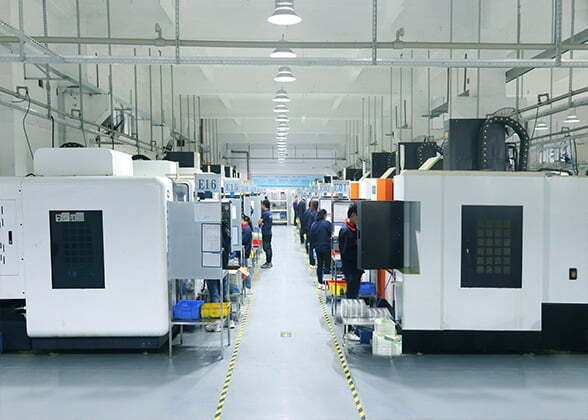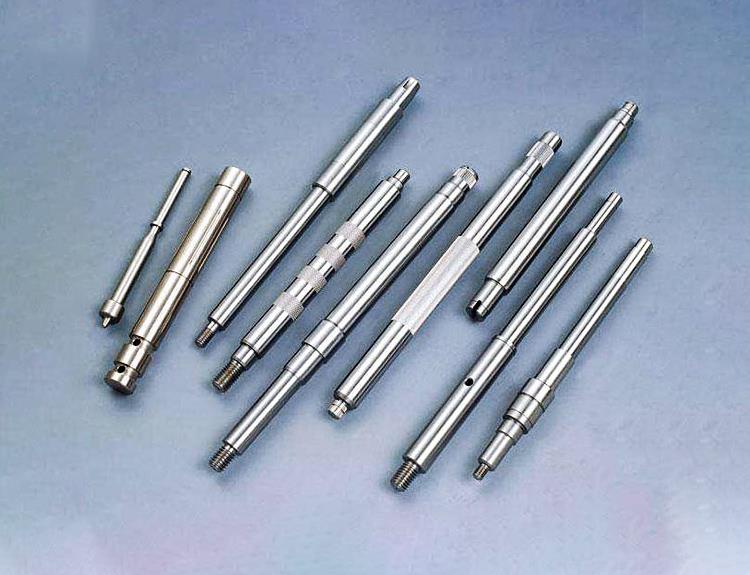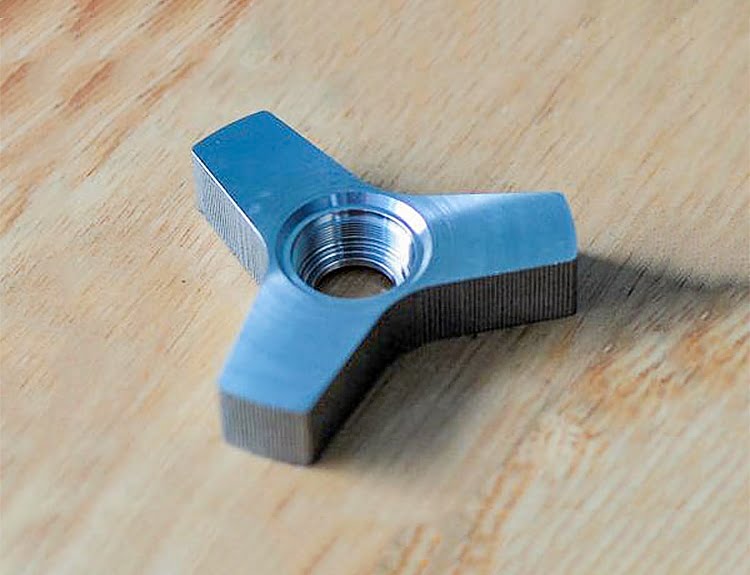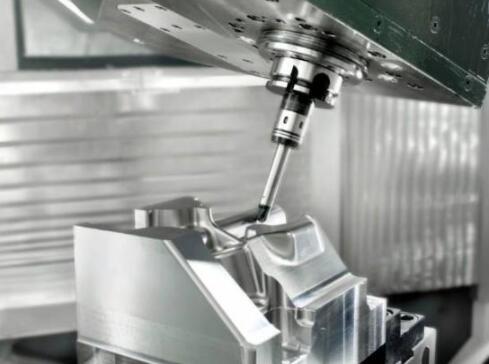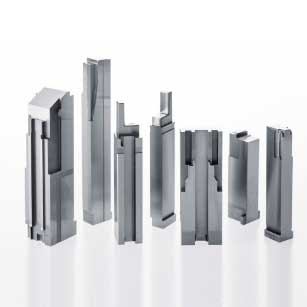Table of Contents:
- Introduction to CNC Cutting
- Best Practices for CNC Cutting Services
- Challenges in CNC Cutting Services
- Emerging Trends in CNC Cutting
- Innovations in CNC Cutting Tools
- Future of CNC Cutting Services
- Conclusion
-
1.Introduction to CNC Cutting
CNC cutting is a type of computer numerical control (CNC) machining that involves cutting or shaping materials using diverse tools such as lasers, routers, and plasma torches. The process utilizes computer programming software to direct the movement of cutting materials, producing precise and accurate cuts.
CNC cutting has become increasingly popular because it offers numerous benefits, including increased efficiency, accuracy, and product consistency. CNC cutting is used in various industries, including manufacturing, automotive, aerospace, and construction, to produce parts and components quickly with high precision.
Benefits of CNC Cutting:
- Increased precision and accuracy
- Consistent product quality
- Reduced labor costs and time
- Ability to produce intricate shapes and designs
- Fast turnaround times
- Reduced material waste
- Automation of the machining process.
-
2.Best Practices for CNC Cutting Services
To ensure successful CNC cutting operations, it is important to follow best practices. Some of the best practices for CNC cutting services include:
- Selecting the appropriate cutting parameters: This involves choosing the appropriate cutting speed, feed rate, and cutting depth based on the material being cut, the tool being used, and the desired outcome. Selecting the right cutting parameters ensures optimal performance, improved quality, and reduced tool wear.
- Proper maintenance and alignment of cutting tools: Regular maintenance of cutting tools is crucial for their effective operation. This includes proper blade or bit sharpening, correct tool alignment and balance, and timely replacement of worn tools.
- Evaluating and selecting the appropriate materials: The choice of material is essential in CNC cutting, and it can affect the quality, speed, and efficiency of the cutting operation. Careful consideration should be taken when evaluating and selecting the best material that meets the cutting requirements, including strength, durability, hardness, and machinability.
- Ensuring proper tool path generation: The tool path is the path the cutting tool will follow in order to cut the material. Creating an efficient tool path involves selecting the right software, programming the machine for the ideal tool path, and performing simulations to ensure proper cutting parameters and technique.
By following these best practices, manufacturers can optimize production efficiency, reduce errors, improve quality, and increase productivity.
-
3.Challenges in CNC Cutting Services
Despite the many benefits of CNC cutting, there are challenges that manufacturers face. Some of the challenges in CNC cutting services include:
- Tool wear and breakage: Cutting tools like blades, drills, or routers wear out over time and need replacement, resulting in downtime and increased costs. Continuous monitoring and maintenance of tools can help increase their longevity.
- Complexity in setting up cutting operations: Setting up the CNC cutting process involves configuring the CNC machine, selecting the tool path, choosing the proper cutting parameters, and selecting the right material. Each of these steps can involve significant time and expertise, and intricate cutting operations may require additional programming and testing.
- Material warpage and distortion: Machining can cause deformation, warpage, or distortion of materials, particularly when it involves high-temperature cutting techniques such as plasma cutting. The material’s reaction to machining can lead to the final product’s unsatisfactory quality, increased waste, and decreased efficiency.
- Integration with other machining processes: CNC cutting frequently is integrated with other machining processes, such as drilling, welding, and milling, to create complex parts and products. Proper integration can increase efficiency and quality by reducing setup times, but it also presents challenges such as tool changeover and workpiece alignment.
By addressing these challenges through proper tool management, process optimization, and adjustments to cutting parameters, manufacturers can improve their CNC cutting processes, reduce waste, and increase efficiency.
-
4.Emerging Trends in CNC Cutting
As technology continues to evolve, there are several emerging trends in CNC cutting. These trends are transforming the manufacturing industry by increasing productivity and efficiency while improving the quality of the end product.
Some of the emerging trends in CNC cutting include:
- Integration with Industry 4.0 technologies: CNC cutting machines are increasingly being integrated with Industry 4.0 technologies such as the Internet of Things (IoT) and Artificial Intelligence (AI). This integration enables real-time monitoring, optimization, and predictive maintenance. Machine tool manufacturers are incorporating sensors and connectivity to gather essential data that can help improve performance, prevent downtime, and reduce errors.
- Advances in cutting tool design and materials: CNC cutting tools are continually evolving to become more efficient, precise and durable. The development of new tooling materials like polycrystalline diamond and cubic boron nitride combined with advanced manufacturing processes like 3D printing is leading to the design of new tool geometries that can perform complex cuts with increased accuracy and speed.
- Automation and robotic integration: Robotic automation is increasingly being integrated into CNC cutting processes. Robots can load and unload parts, provide tool changeover and perform secondary operations within the CNC cutting process. Automating repetitive tasks and integrating robotic systems can help to reduce operational costs, increase accuracy, and improve overall efficiency.
- V1 Machining:This is a trusted online CNC services supplier that is able to provide custom cut parts for your project with top quality and fast shipping. With decades of experience and expert capabilities, our CNC cutting services can cut an extensive range of materials using laser cutting, waterjet, and other technologies. According to your requirements and applications, we’ll offer suggestions for the product design, suitable materials, and the most cost-effective methods for CNC cutting and manufacturing.
By embracing these emerging trends, manufacturers can increase their competitiveness, improve their product quality, and boost overall productivity in the CNC cutting process.
-
5.Innovations in CNC Cutting Tools
CNC cutting tools continue to evolve, and new innovations are paving the way for the production of highly precise and efficient parts. Here are some of the new developments in CNC cutting tools:
- Advances in cutting tool materials: New materials such as rotary carbide burs, composite diamond coatings, and high-speed steel alloys are being used to create more robust and precise cutting tools. These materials can withstand higher temperatures while maintaining their cutting efficiency.
- Laser cutting technology: Laser cutting has become increasingly popular due to its precision and versatility. Laser cutting involves using a highly focused beam of light to cut through materials, and its use leads to cleaner cuts, reduced material waste, and incre0ased efficiency.
- Adaptive machining technologies: Adaptive machining tools like end mills, drills and taps can automatically adjust their cutting strategy based on the machining conditions they encounter. These tools can detect fluctuations in the material, avoid vibrations, and improve quality and consistency.
These advances in CNC cutting tools provide manufacturers with the ability to produce parts and products that are more efficient, accurate, and precise. By adopting new tools and technology, manufacturers can increase their productivity, reduce waste, and offer customers high-quality products.
-
6.Future of CNC Cutting Services
The future of CNC cutting services is exciting, with new innovations and technologies opening up new possibilities for the manufacturing industry. Here are some potential future developments:
- Increasing use of robotics and automation: As robotics technology continues to advance, there will be an increasing number of opportunities for incorporating robotics into CNC cutting services. This will include the expansion of real-time remote monitoring, autonomous machine operation, and integrated production lines.
- New materials and design possibilities: Advances in material sciences and nanotechnology will lead to the creation of new materials with desirable physical and chemical properties. These materials will be used for CNC cutting, expanding the design possibilities of what can be cut or machined.
- Integration with other machining processes: There will be more integration of CNC cutting with other machining and manufacturing processes. This integration will produce more efficient and streamlined processes that use technologies such as additive manufacturing, advanced automation and Industry 4.0 to provide faster and more cost-effective ways to cut and machine parts.
These potential future developments offer exciting possibilities for the industry, providing manufacturers with opportunities to produce products that are more efficient, precise, and of higher quality. As these technologies are developed and integrated, it will be crucial for companies to stay up-to-date with technological advancements to remain competitive in CNC cutting services.
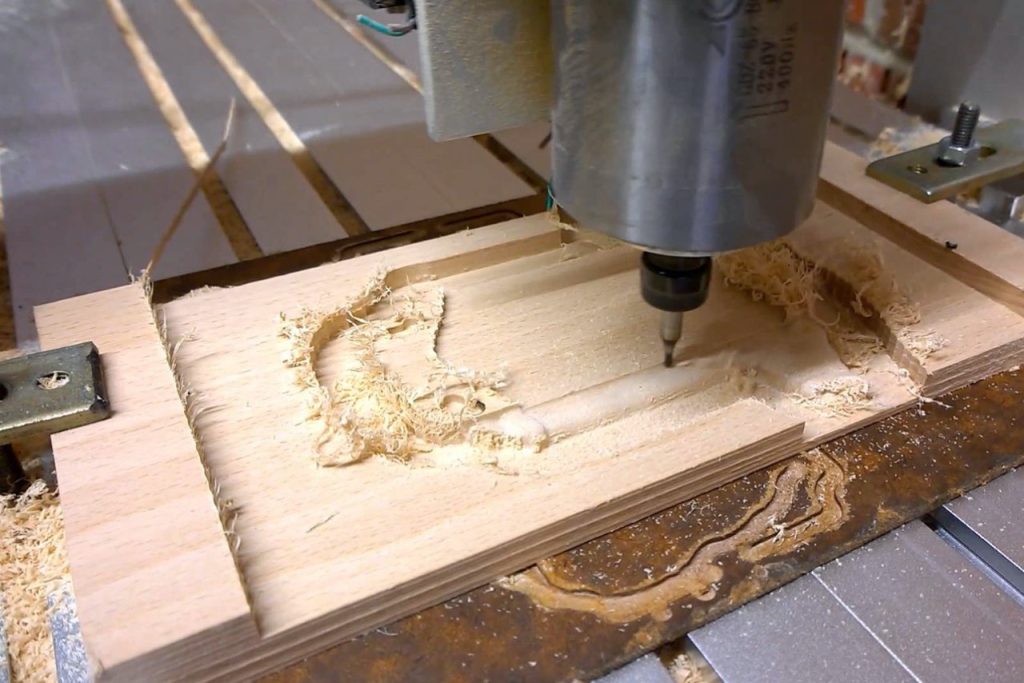
-
7.Conclusion
CNC cutting is an essential machining process that provides precision and efficiency in producing high-quality parts across various industries. CNC cutting services provide several benefits, including increased accuracy, consistency, and reduced material waste.
Best practices in CNC cutting services include selecting the right cutting parameters, maintaining and aligning cutting tools, evaluating suitable materials, and ensuring proper tool path generation. Possible challenges like tool wear and breakage, warpage, and distortion, and complexity in setting up cutting operations can be addressed through process optimization and adjustments in cutting parameters.
The future of CNC cutting services looks bright, with integration with Industry 4.0 technologies, advancements in cutting tool design, and exponential growth in automation and robotic integration. The potential emergence of new materials and design possibilities will offer new opportunities for manufacturers.
By adopting new technologies, remaining open to industry advancements, and following best practices, manufacturers can enhance their processes, optimize efficiency, and achieve higher quality output, ensuring their competitiveness in the market.


